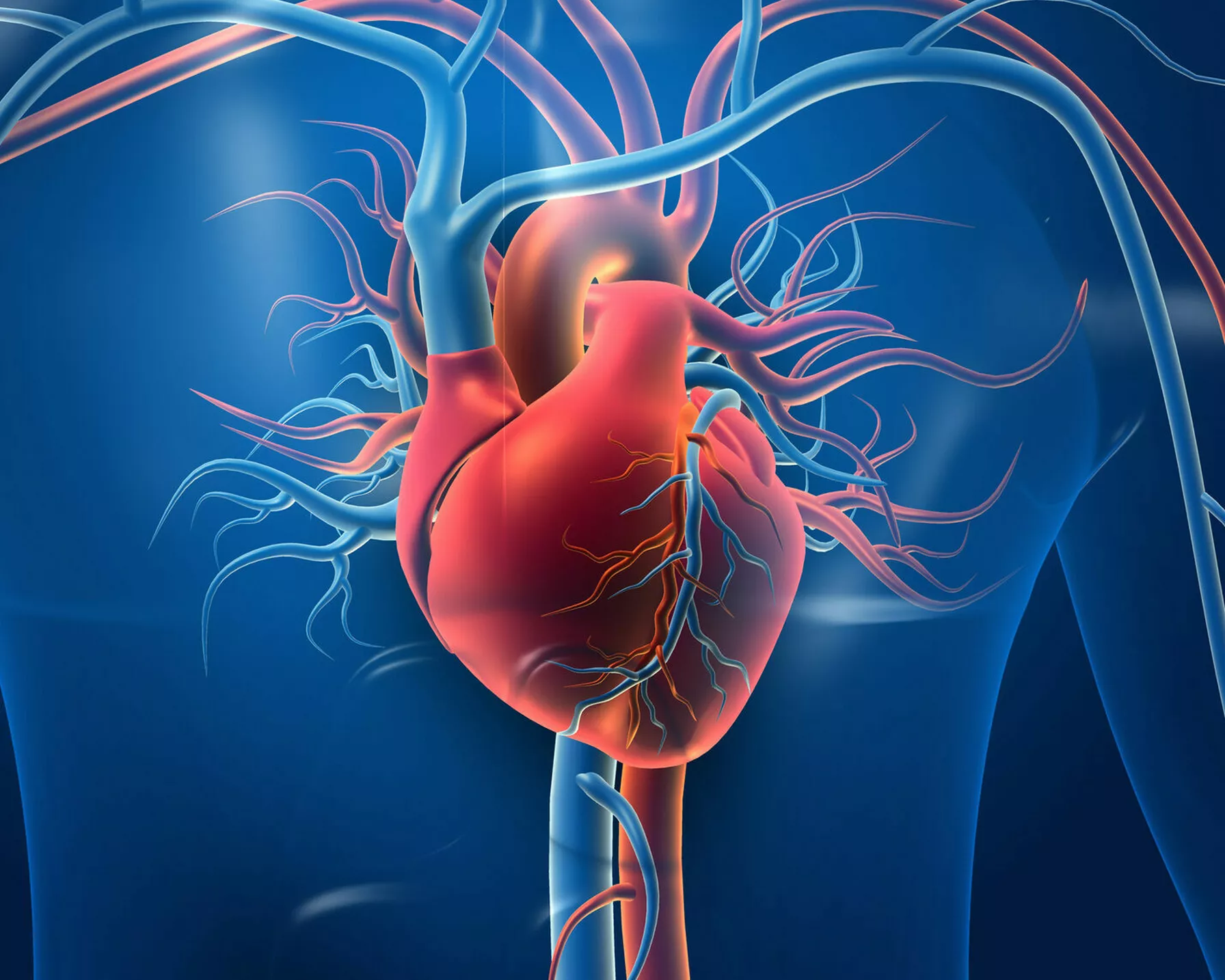References
1. Australian Bureau of Statistics; 3303.0 - Causes of Death, Australia, 2021. https://www.abs.gov.au/statistics/health/causes-death/causes-death-australia/latest-release#australia-s-leading-causes-of-death-2021
2. World Health Organisation; Cardiovascular diseases (CVDs) Fact sheet, update June 2021 https://www.who.int/news-room/fact-sheets/detail/cardiovascular-diseases-(cvds)
3. Interactive Australian Heart Maps - https://www.heartfoundation.org.au/health-professional-tools/Interactive-Heart-Map-Australia
4. Australian Bureau of Statistics 2020, Causes of death 2019, cat. No. 3303.0, October.
5. Heart Foundation fact sheet: Cardiovascular Disease - https://www.heartfoundation.org.au/bundles/for-professionals/key-stats-cardiovascular-disease
6. Australian Institute of Health and Welfare (AIHW); Hospital care for cardiovascular disease. www.aihw.gov.au/reports/heart-stroke-vascular-diseases/cardiovascular-health-compendium/contents/hospital-care-for-cardiovascular-disease
7. AIHW 2020, National Hospital Morbidity Database (NHMD)
8. AIHW, Heart, stroke and vascular disease - Australian facts: Expenditure https://www.aihw.gov.au/reports/heart-stroke-vascular-diseases/hsvd-facts/contents/impacts/expenditure-cvd
9. Heart, stroke and vascular disease: Australian facts: Burden https://www.aihw.gov.au/reports/heart-stroke-vascular-diseases/hsvd-facts/contents/impacts/burden-of-cvd
10. Heart Foundation Heart Attack fact sheet: https://www.heartfoundation.org.au/bundles/your-heart/heart-attack
11. Deloitte Access Economics. 2020. No postcode untouched, Stroke in Australia 2020
12. Stroke Foundation fact sheet: https://strokefoundation.org.au/about-stroke/learn/facts-and-figures
13. Deloitte Access Economics. The economic impact of stroke in Australia, 2020.
14. Australian Institute of Health and Welfare, Deaths in Australia: Variation in deaths between population groups: https://www.aihw.gov.au/reports/life-expectancy-deaths/deaths-in-australia/contents/variations-between-population-groups




